Demands for increased collaboration in the oil and gas industry are being reflected through a record rise in vessel shares, according to Peterson, the international energy logistics provider.
The company, which is leading the way in collaborative vessel sharing, has seen a record number of vessel sharing arrangements since the turn of the year.
Seven shares were arranged between operators in the central and Northern North Sea throughout January and February. All were facilitated by Peterson through the Aberdeen Marine Logistics Alliance (AMLA), a vessel sharing initiative designed to maximise efficiency and reduce marine logistics costs.
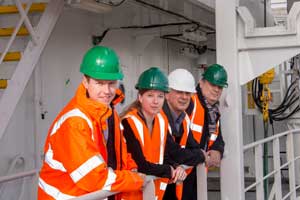 Left to right: Kees Wouters, Marine Project Supervisor; Jekaterina Mjackova, Marine Business Analyst, Eric Witton, Marine Manager; Loek Sakkers, Director Projects
Left to right: Kees Wouters, Marine Project Supervisor; Jekaterina Mjackova, Marine Business Analyst, Eric Witton, Marine Manager; Loek Sakkers, Director Projects
As the facilitator of AMLA, Peterson helps members source cost effective solutions for their unscheduled shipping requirements by arranging vessel shares with other companies operating in the North Sea, thus reducing both financial costs and environmental impact.
During 2014 and 2015, despite increasingly challenging market conditions, the combined financial benefit for companies participating in ALMA shares was £2 million, together with a reduction in CO2 emissions of approximately 800 tonnes, the equivalent of removing 275 cars from the road for a year.
With 15 years of experience in combining sailings via an efficient pool of supply vessels and shared supply bases, Peterson has developed in-depth knowledge and expertise of vessel sharing which is supported by the continuous development of supporting software solutions.
Loek Sakkers, Director of projects, Peterson said: “As was recently highlighted by Oil & Gas UK and others, there is an urgent need for widespread collaboration in the North Sea. We share this view and believe significant opportunities exist within the supply chain to do just that through increased vessel sharing. We believe the recent unprecedented number of vessel shares indicates that the industry is not only listening to the calls for greater collaboration but responding positively.
“We have a long established record in providing vessel sharing initiatives, including the successful Southern North Sea pool, and are delighted to be transferring this expertise to the wider North Sea region.”
Commenting on the arrangement, James Crawford, managing director of Wood Group PSN in the UK and Africa, said: “Our commitment is to contributing to the industry’s long-term sustainability and we are focused on working in collaboration with partners across the sector to find new opportunities to work together.
“Working with AMLA/Peterson is a strong example of this, and we are confident of the mutual benefits created by this model of combined sailings, which we believe can become best practice for the industry in the long-term.”
As well as addressing operators’ reactive vessel requirements through AMLA, Peterson is working with a number of UKCS operators to establish a formal pool for scheduled cargo movements. The pool offers members significant efficiency gains together with maximum fleet flexibility. When an operator charters a vessel independently, it is usually hired on a per day basis regardless of requirements. In a pool, the operator can use a vessel one day and the next day the vessel can be used by another operator. When the fleet available comprises of multiple vessels, the flexibility and availability is increased. Peterson’s role is to focus on maximum fleet utilisation and optimising vessel use per individual operator to reduce overall idle time.
Vessel sharing is one of a range of services offered by Peterson’s Integrated Marine Services (PIMS). Based at new premises within Peterson’s existing quayside base at Waterloo Quay, Aberdeen, the team provides services including all types of marine and vessel audits, inspections and surveys, the provision of expert marine personnel, dynamic positioning and marine engineering.


 Left to right: Kees Wouters, Marine Project Supervisor; Jekaterina Mjackova, Marine Business Analyst, Eric Witton, Marine Manager; Loek Sakkers, Director Projects
Left to right: Kees Wouters, Marine Project Supervisor; Jekaterina Mjackova, Marine Business Analyst, Eric Witton, Marine Manager; Loek Sakkers, Director Projects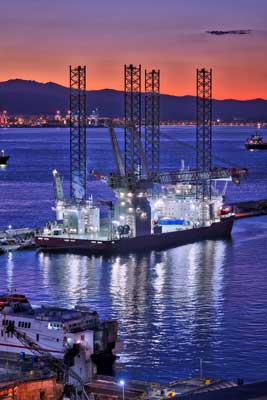 Gibdock has confirmed its role as one of the offshore industry’s pre-eminent shiprepair and conversion yards through its selection for the afloat mobilization of Seajacks Scylla, the largest and most advanced windfarm installation jack-up ever built.
Gibdock has confirmed its role as one of the offshore industry’s pre-eminent shiprepair and conversion yards through its selection for the afloat mobilization of Seajacks Scylla, the largest and most advanced windfarm installation jack-up ever built.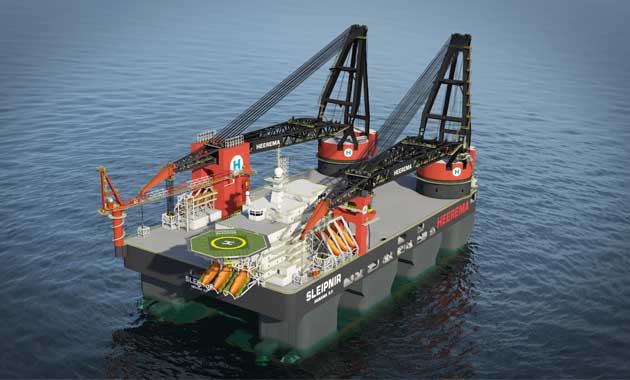 Rolls-Royce
Rolls-Royce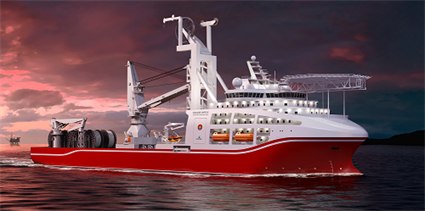 Image courtesy: Wärtsilä
Image courtesy: Wärtsilä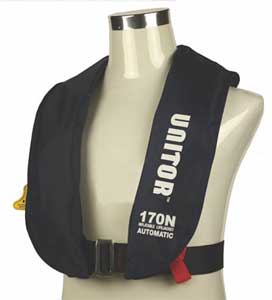
 Falck Safety Services
Falck Safety Services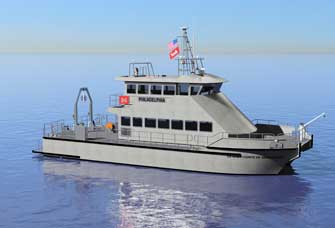 All American Marine, Inc. (AAM)
All American Marine, Inc. (AAM)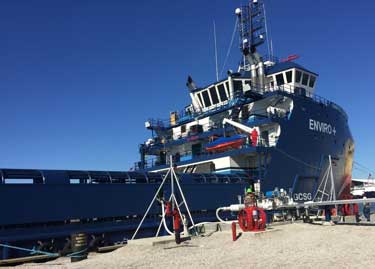 Harvey Gulf
Harvey Gulf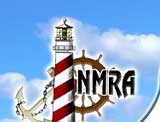 Since 2008, the
Since 2008, the 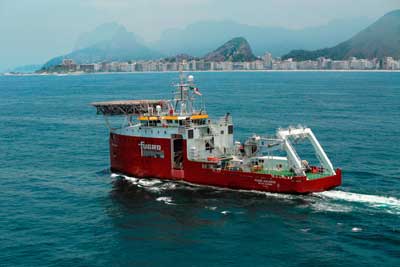 Fugro has been awarded an inspection, repair and maintenance (IRM) contract by Petrobras in Brazil.
Fugro has been awarded an inspection, repair and maintenance (IRM) contract by Petrobras in Brazil.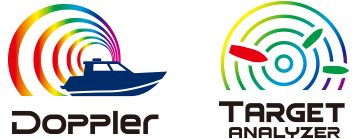 Tracking and interpreting threats is now easier than ever with the DRS4D-NXT Radar. Using Furuno’s advanced Doppler technology, this new Radar acquires and tracks targets in virtually every sweep, or just a few seconds. Almost instantly, you will see the target’s speed and course vector. If the target is hazardous, it will also be displayed in red, making it easier to identify and predict its course. The NXT Radar’s incredible ARPA signal processor will display and track up to 100 targets in a single sweep! The entire target theatre can be viewed, monitored, and tracked simultaneously, at any range. For an even more detailed display, target trails and Furuno’s unique True Trail feature can be utilized, allowing you to graphically see the direction in which a target is moving, independent of your own vessel’s motion.
Tracking and interpreting threats is now easier than ever with the DRS4D-NXT Radar. Using Furuno’s advanced Doppler technology, this new Radar acquires and tracks targets in virtually every sweep, or just a few seconds. Almost instantly, you will see the target’s speed and course vector. If the target is hazardous, it will also be displayed in red, making it easier to identify and predict its course. The NXT Radar’s incredible ARPA signal processor will display and track up to 100 targets in a single sweep! The entire target theatre can be viewed, monitored, and tracked simultaneously, at any range. For an even more detailed display, target trails and Furuno’s unique True Trail feature can be utilized, allowing you to graphically see the direction in which a target is moving, independent of your own vessel’s motion.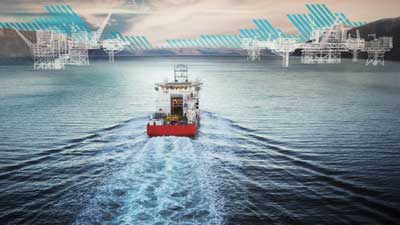 Image Courtesy: SMSC
Image Courtesy: SMSC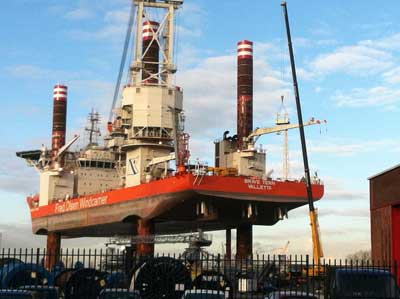 The Brave Tern, a vessel used for the installation of wind turbines at sea, dominated the Rotterdam skyline on February 23rd. The 132 meter long ship was jacked up to a height of about seventy meters to test its extended legs.
The Brave Tern, a vessel used for the installation of wind turbines at sea, dominated the Rotterdam skyline on February 23rd. The 132 meter long ship was jacked up to a height of about seventy meters to test its extended legs.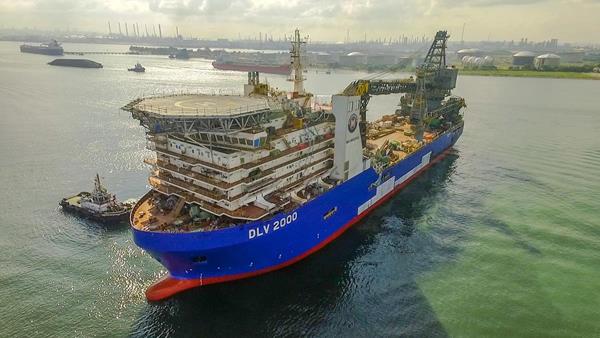 McDermott International, Inc.
McDermott International, Inc.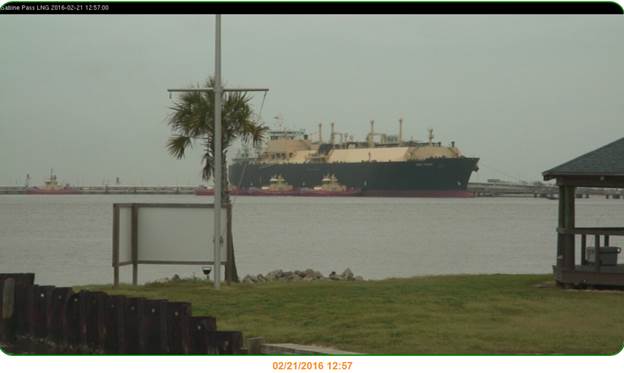 On Sunday February 21st at 12:09PM Eastern time, the LNG ship Asia Vision arrived in Sabine’s southern berth.
On Sunday February 21st at 12:09PM Eastern time, the LNG ship Asia Vision arrived in Sabine’s southern berth. 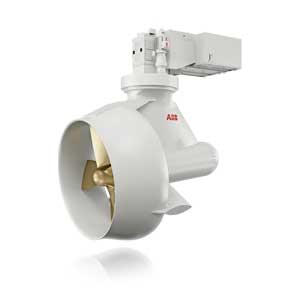 ABB
ABB